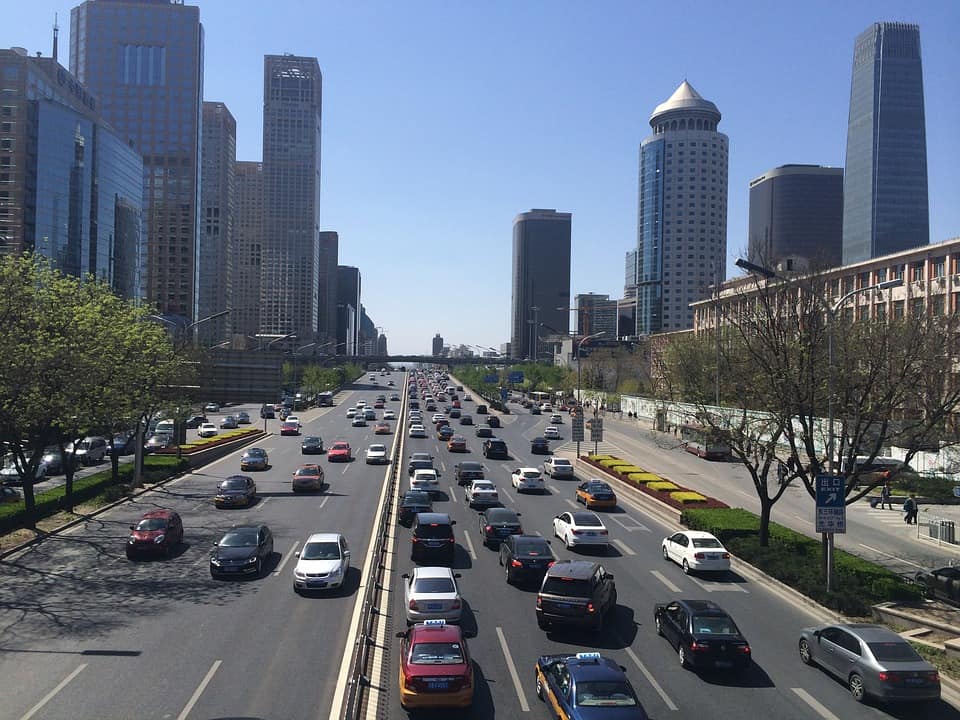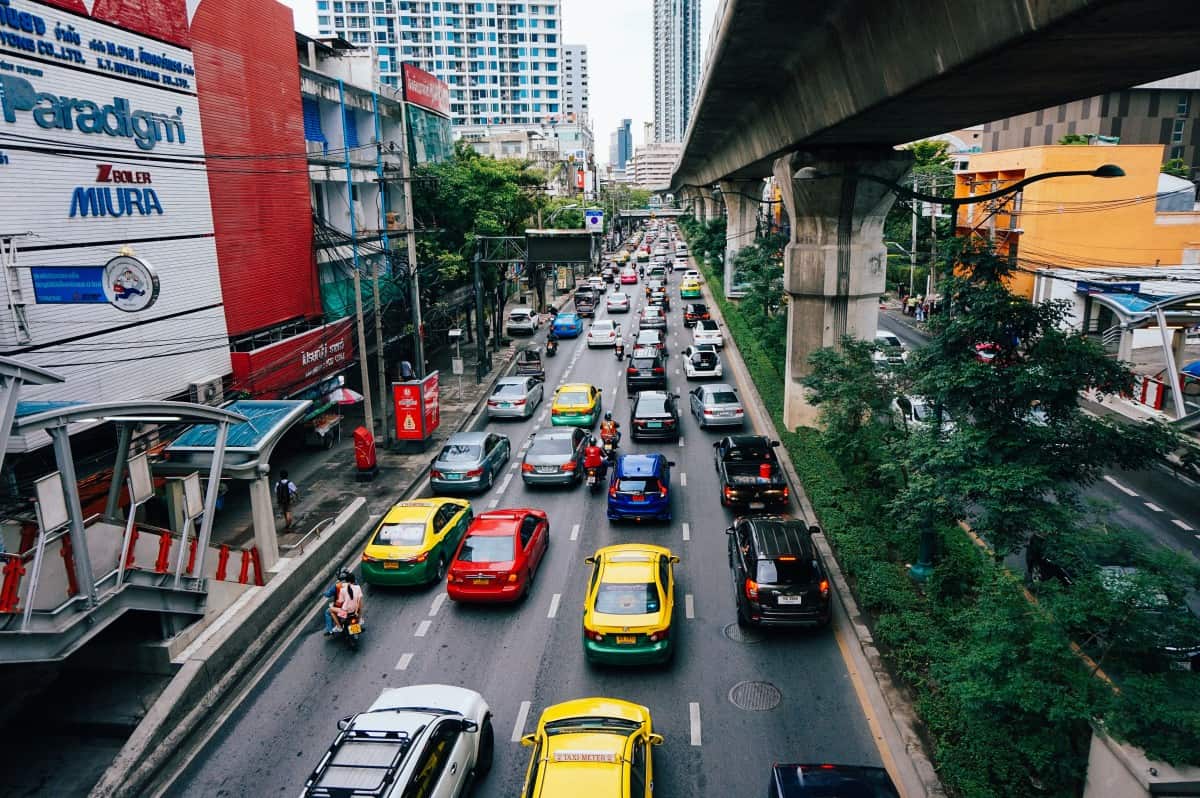New data indicates that China’s clean vehicle sector is succumbing to overcapacity, with planned production volumes already 10-times greater than the annual target mooted by Beijing for 2020.
Figures from the China Association of Automobile Manufacturers (CAAM) indicate that China’s “new energy vehicle” production and sales volumes have been first in the world for three consecutive years, leading to the launch of 1.8 million cars onto the market.
In 2017 alone the full-year new energy vehicle sales volume in China was 777,000 units, for a year-on-year increase of 53.3%
Xu Haidong (许海东), assistant secretary of CAAM said that in 2018 the Chinese electric vehicle market would see 40 – 50% growth, with full-year new energy vehicle sales tipped to exceed 1 million units.
Despite this sales surge, however, Xu said to Bejing Business Today that the sector has already succumbed to the type of overcapacity that has long blighted Chinese heavy industry.
In April 2017, the Ministry of Industry and Information Technology, the National Development and Reform Commission (NDRC) and the Ministry of Science and Technology jointly issued the “Automobile Sector Medium and Long-term Development Plan” (汽车产业中长期发展规划), which proposed an annual production target of 2 million new energy vehicles by 2020.
Figures from the China Automobile Dealers Association point to severe overcapacity relative to this target already, however.
According to its data over 200 new energy vehicle projects were launched in China during the period from 2015 to the end of 2017, for a total investment sum of as high as 1 trillion yuan.
The new energy vehicle production plans already unveiled by Chinese automobile companies point to total planned output in excess of 20 million units, or ten times greater than the target set by the central government for 2020.
The overcapacity dilemma could be severely exacerbated by plans to cancel clean vehicle subsidies.
In May Li Zhanchuan (李占川), vice-counsel of the policy research office of the Ministry of Transport, said that the new energy vehicle purchase subsidy would be completely rescinded by 2020.
According to Huang Yonghe (黄永和), an analyst from the China Automotive Technology & Research Center, the cancellation of this subsidy in 2020 will make it difficult for manufacturers to sell vehicles unless compensating policies are implemented, leading to genuine overcapacity in the sector.
Cui Dongshu (崔东树),chief-secretary of the China Passenger Car Association, argues on the other hand that overcapacity is currently just a “surface” issue, as not all production plans currently unveiled are sure to be launched.
The problem of overcapacity has already caused problems for suppliers in the sector, with Yinlong Xin Nengyuan (银隆新能源) just recently reporting a drop in battery orders and suspension of production at certain factories.
Media reports have also emerged claiming that progress has stalled on the development of Yinlong’s 15 billion yuan Luoyang industrial park.
The problem of overcapacity in the clean vehicle sector has already caught the attention of the central government, leading to key shifts in policy.
The 2017 – 2018 new energy vehicle subsidy policy released by Beijing outlines a reduction of 20% compared to 2016, while on May 2018 regulators cancelled a slew of tax exemptions for the purchase of clean cars.
The NDRC has also just issued the draft version of the “Automobile Industry Investment Management Regulations” (汽车产业投资管理规定(征求意见稿)), which stipulate a slew of requirements for the investment projects of new, independent pure electric vehicle companies.
These include the requirement that the number of charging stations be higher than the national average, the full completion of clean-up work for new energy vehicle “zombie enterprises,” as well as the completion of all existing new pure electric vehicle investment projects and the meeting of planned output targets.


